WASHINGTON, D.C. – President Donald Trump’s move this week to seize control of the District of Columbia’s Metropolitan Police Department was met with sharp criticism, and for good reason.
The numbers simply don’t back him up. Violent crime in D.C. fell last year to its lowest point in more than two decades. Yet Trump painted a picture of “bloodthirsty criminals” roaming the streets to justify deploying federal agents and the National Guard.
False as the claims may be, they serve his purpose. As a federal district, Washington lacks the full autonomy of a state, and Trump seized the opening.
But while Trump is a master at exploiting crime fears, he is hardly alone. Across the country—including in deep-blue California—politicians, law enforcement agencies, and even media outlets often distort the reality of crime for political or financial gain.
Trump’s Playbook
From his first campaign in 2016, Trump has leaned on images of crime-ridden cities to stoke fear. He invoked “American carnage” at his inaugural, even though violent crime had been in steady decline since peaking in 1991.
Now, he has floated the idea of sending troops into cities such as Oakland, Los Angeles, New York, Chicago, and Baltimore—all in states that voted against him. Ironically, many of the nation’s highest-crime cities, including Memphis, St. Louis, Kansas City, Detroit, Milwaukee, and New Orleans, are located in states that supported him in 2024.
Selective outrage is a strategy, not an oversight.
The Politics of Crime Fear
Trump’s approach might be the loudest, but politicians from both parties have tapped into crime fears for decades.
-
Democrats in California convened hearings on “retail theft” and championed tough-on-crime bills, despite data showing no sustained statewide surge in crime.
-
Ballot measures like Proposition 36, approved by voters, have chipped away at past reforms by reclassifying repeat low-level property crimes as felonies.
-
Local officials deploy more officers and prosecutors tout longer sentences when retail chains complain about shoplifting—even when corporate mismanagement, not theft, drives business losses.
For politicians, amplifying crime is often easier than explaining complex social and economic problems.
Media’s Role
News coverage frequently magnifies fear.
Television programs replay stock footage of looters whenever lawmakers debate sentencing bills. Newspapers publish “true crime” features that recycle old cases, keeping readers hooked on the spectacle of violence.
The effect is cumulative: even in periods of relative safety, residents come to believe crime is spiraling out of control.
California as a Case Study
California illustrates how distorted narratives drive policy.
After the pandemic, crime trends varied by city, but the state overall did not experience a dramatic or sustained rise. Still, lawmakers staged hearings, and campaigns leaned on fear of “retail theft sprees” to mobilize voters.
Meanwhile, violent crime remains a real issue in cities like Oakland, but still does not compare to levels in places like Little Rock or Memphis.
The reality is nuanced, but nuance rarely wins elections.
Bail Reform and Misconceptions
Trump has also zeroed in on bail reform, threatening to override Illinois’ no-cash-bail law and criticizing similar efforts in California.
His claim: that accused murderers are released “before the day is out.”
The reality: murder suspects are almost never released before trial. And when they are, it’s typically because they could afford bail in cash.
In fact, Illinois’ law—like Los Angeles County’s no-cash-bail policy for low-level crimes—has shown no impact on crime rates. Still, critics insist bail reform fuels lawlessness.
Here, Trump’s method is clear: when data doesn’t support his point, he dismisses the data, fires the people producing it, or simply invents new numbers—like his false claim that his drug price policy would cut costs by 1,500%.
Why Fear Works
Fear of crime is deeply embedded in the American psyche. Politicians understand that the perception of danger often matters more than the reality.
-
Calling crime a “challenge” doesn’t spark action.
-
Calling it a “historic emergency” rallies voters, justifies budgets, and pushes through legislation.
For decades, leaders from both sides have leaned on this dynamic. Trump just does it more brazenly.
The Bigger Picture
Yes, violent crime and property crime are real problems that affect lives daily. But framing them as apocalyptic threats—or dismissing them as insignificant—distorts reality in ways that harm communities.
Trump’s takeover of D.C. policing highlights the extremes of this approach: ignoring falling crime rates, inflating danger, and justifying sweeping federal intervention.
But it’s not just about one president. From Sacramento to Washington, politicians and institutions of all kinds manipulate crime data and imagery to consolidate power, sway public opinion, or push policy agendas.
Conclusion
No one spins crime fears quite like Donald Trump. But Americans should not assume he is the only culprit. In fact, the cycle of fear, distortion, and overreaction is a bipartisan tradition.
For those who want criminal justice policy rooted in truth rather than fear, the lesson is clear: be skeptical of sweeping claims about crime, no matter who makes them. Numbers matter, but in politics, fear too often speaks louder.

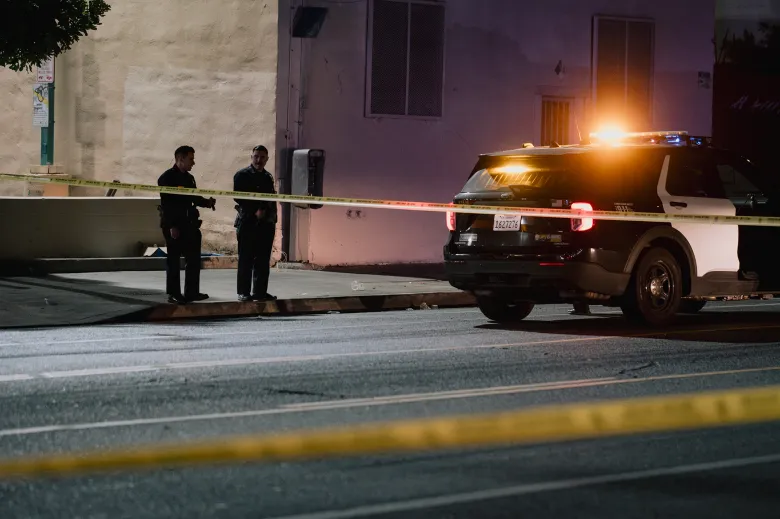
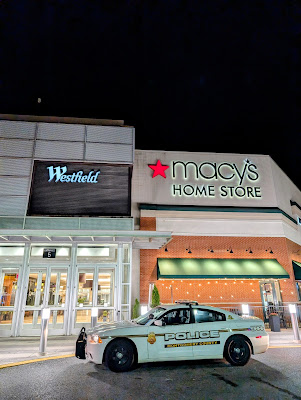
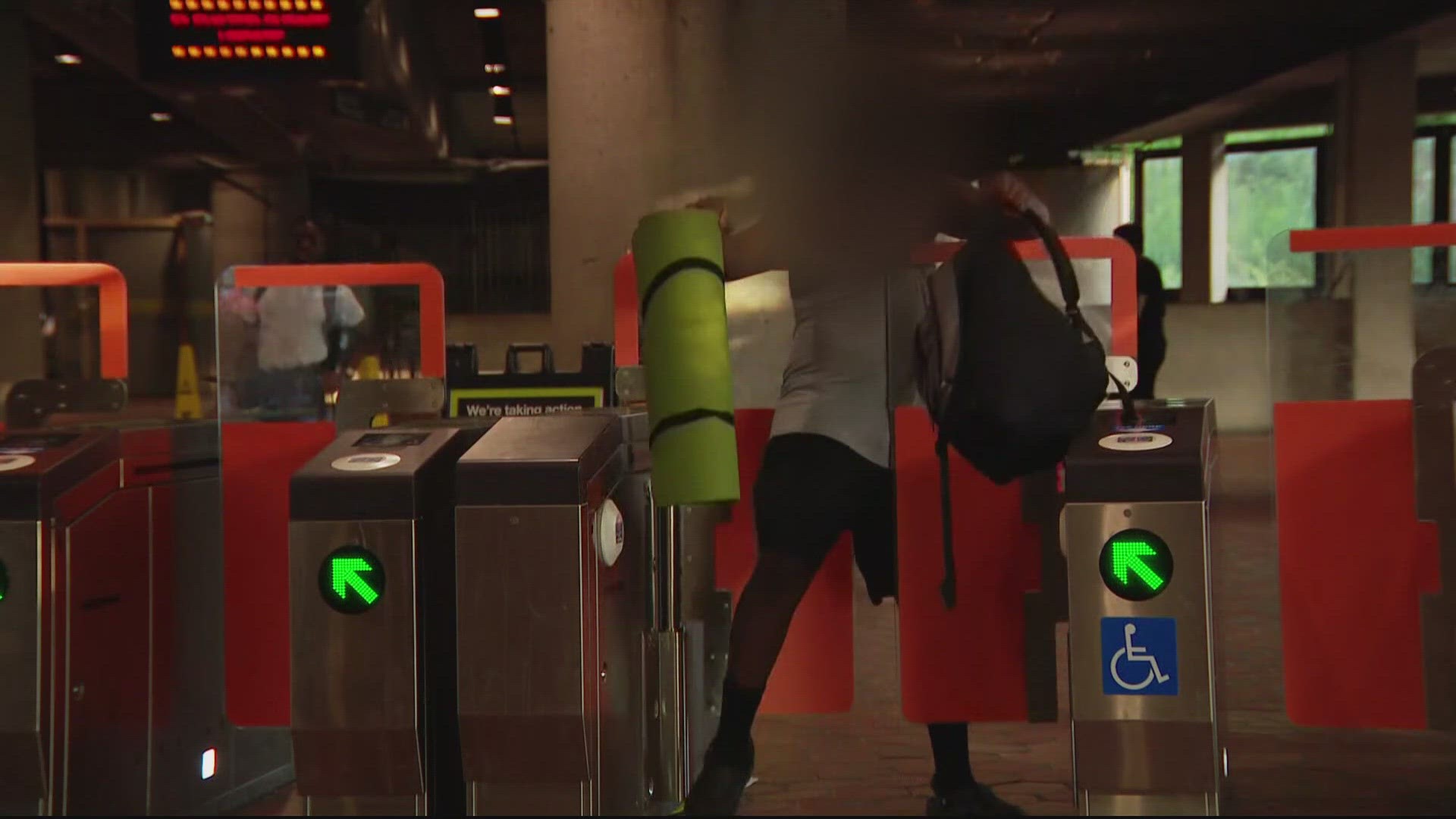
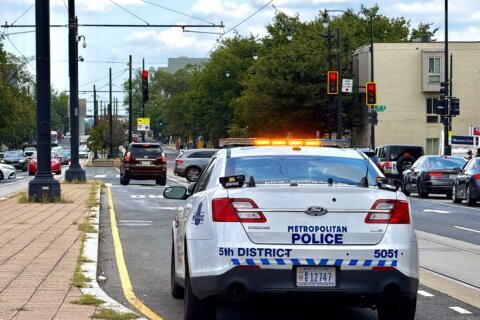
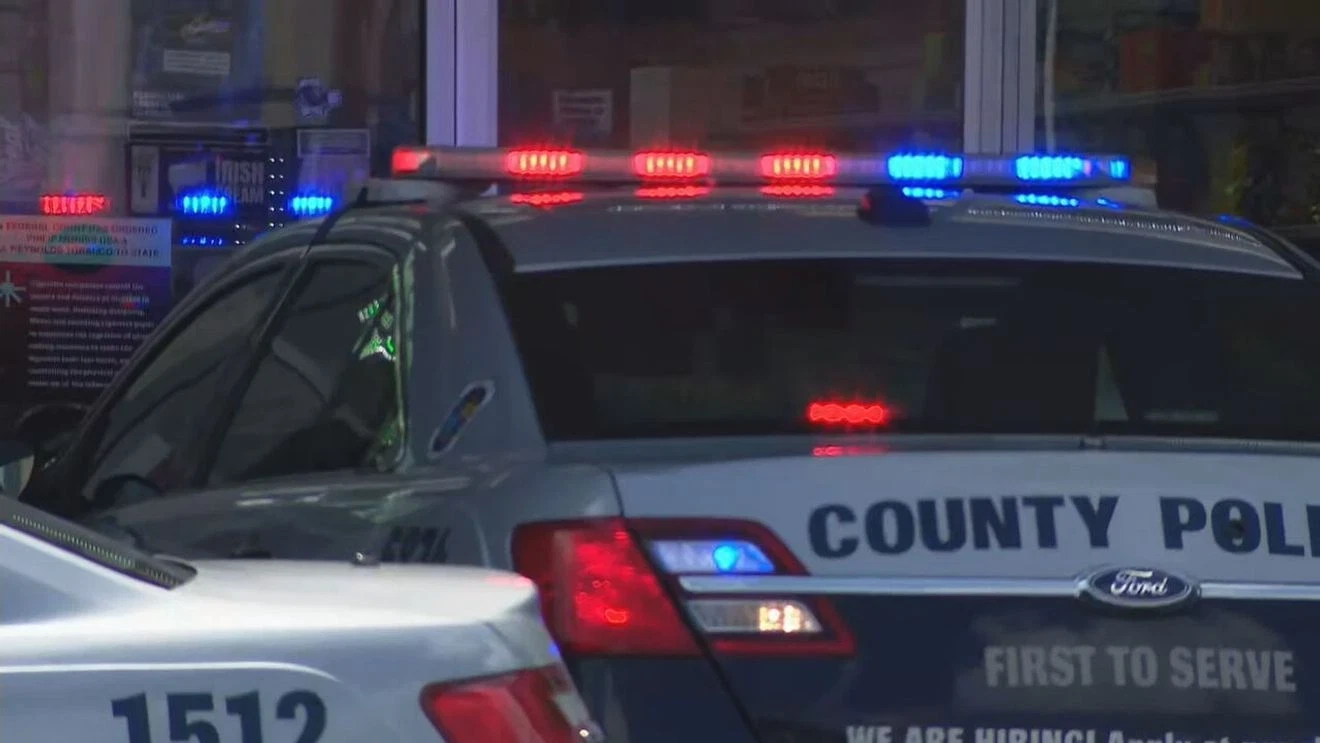
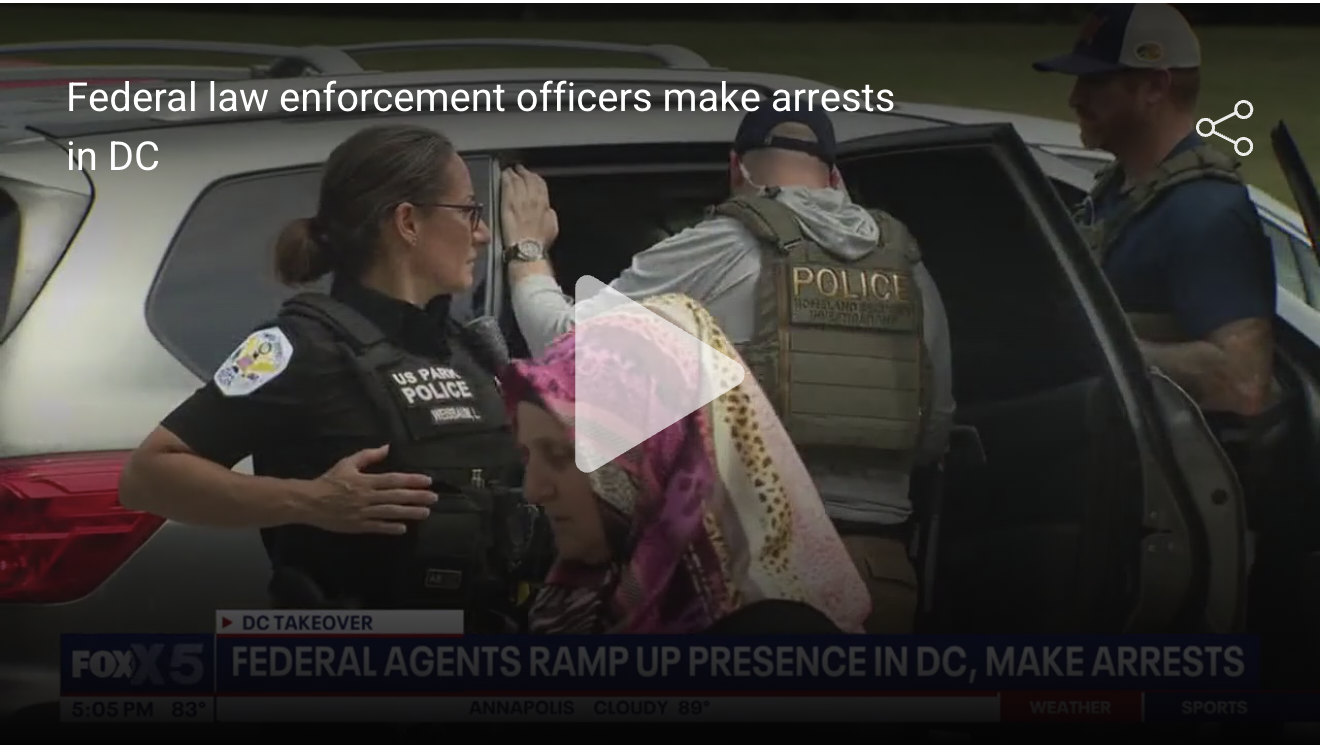
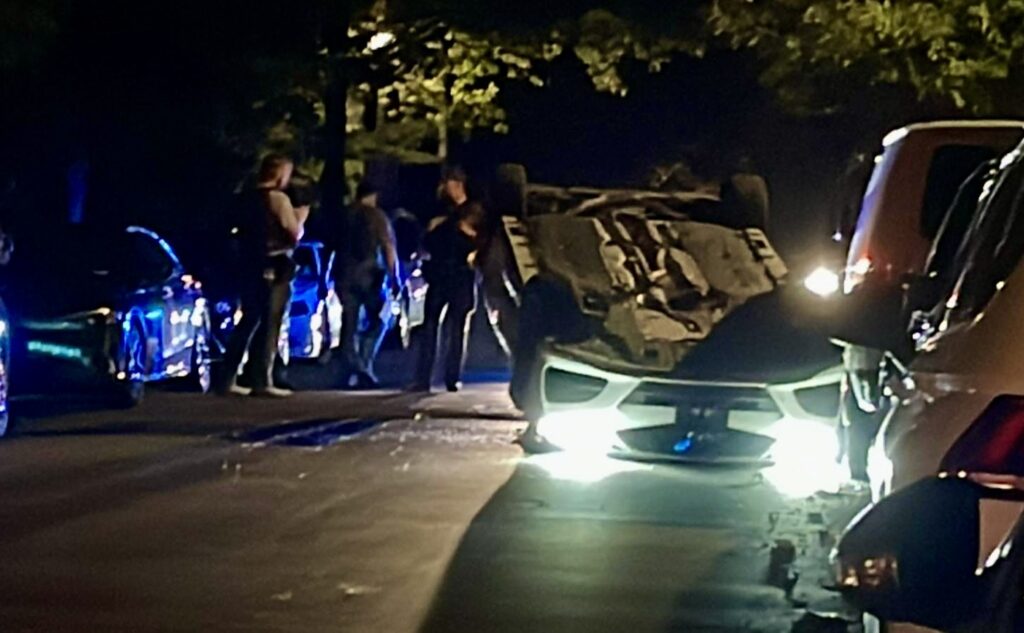
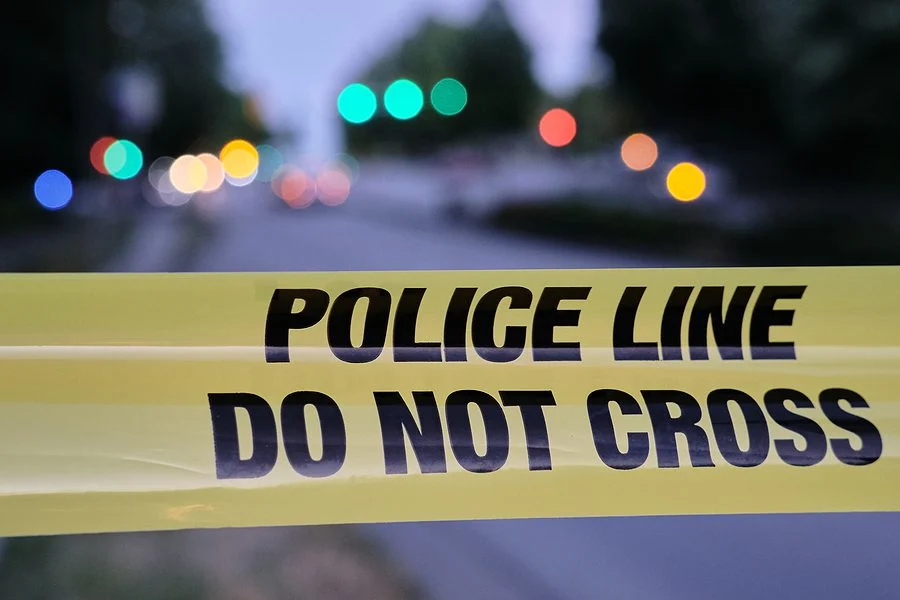
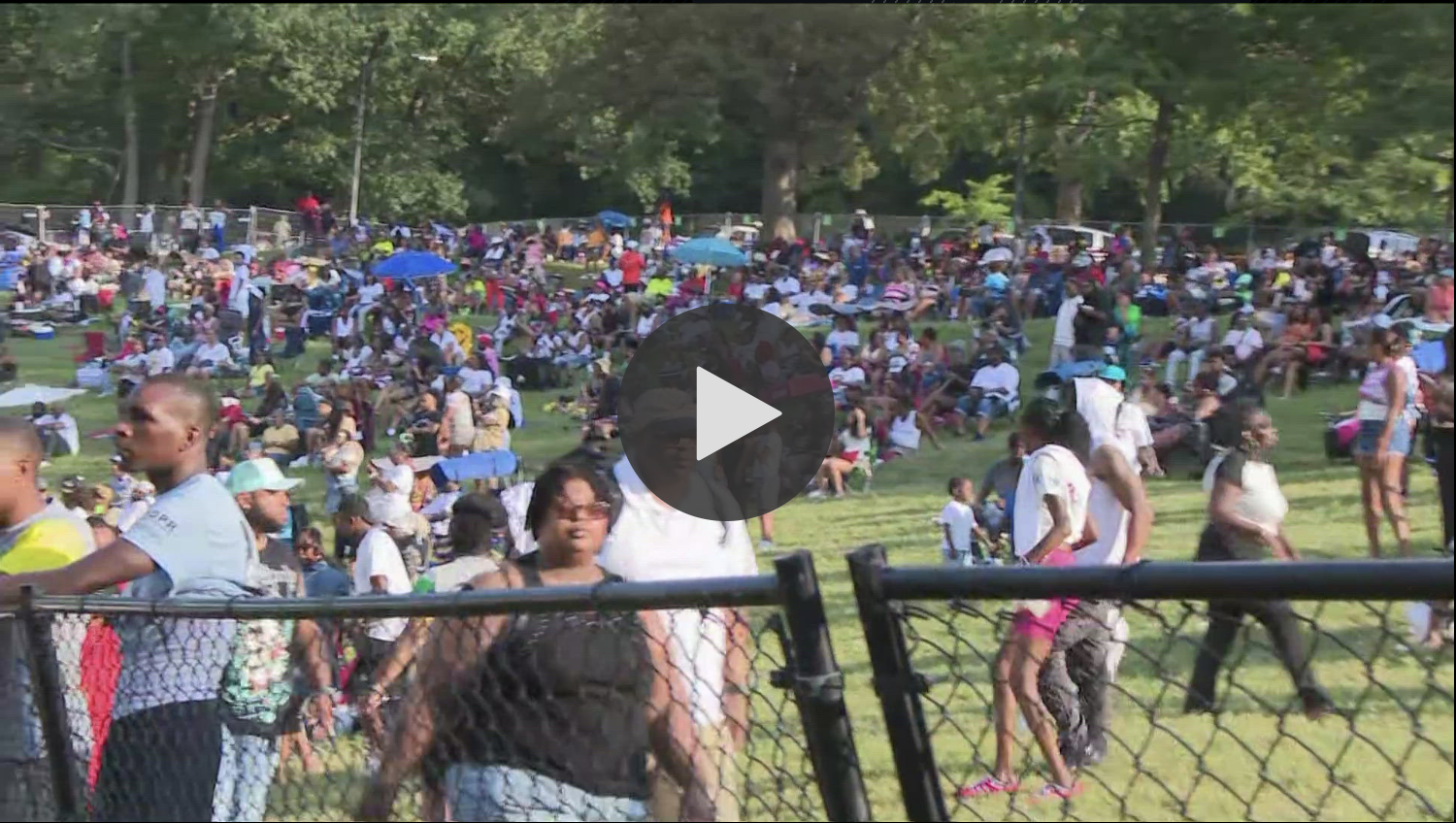
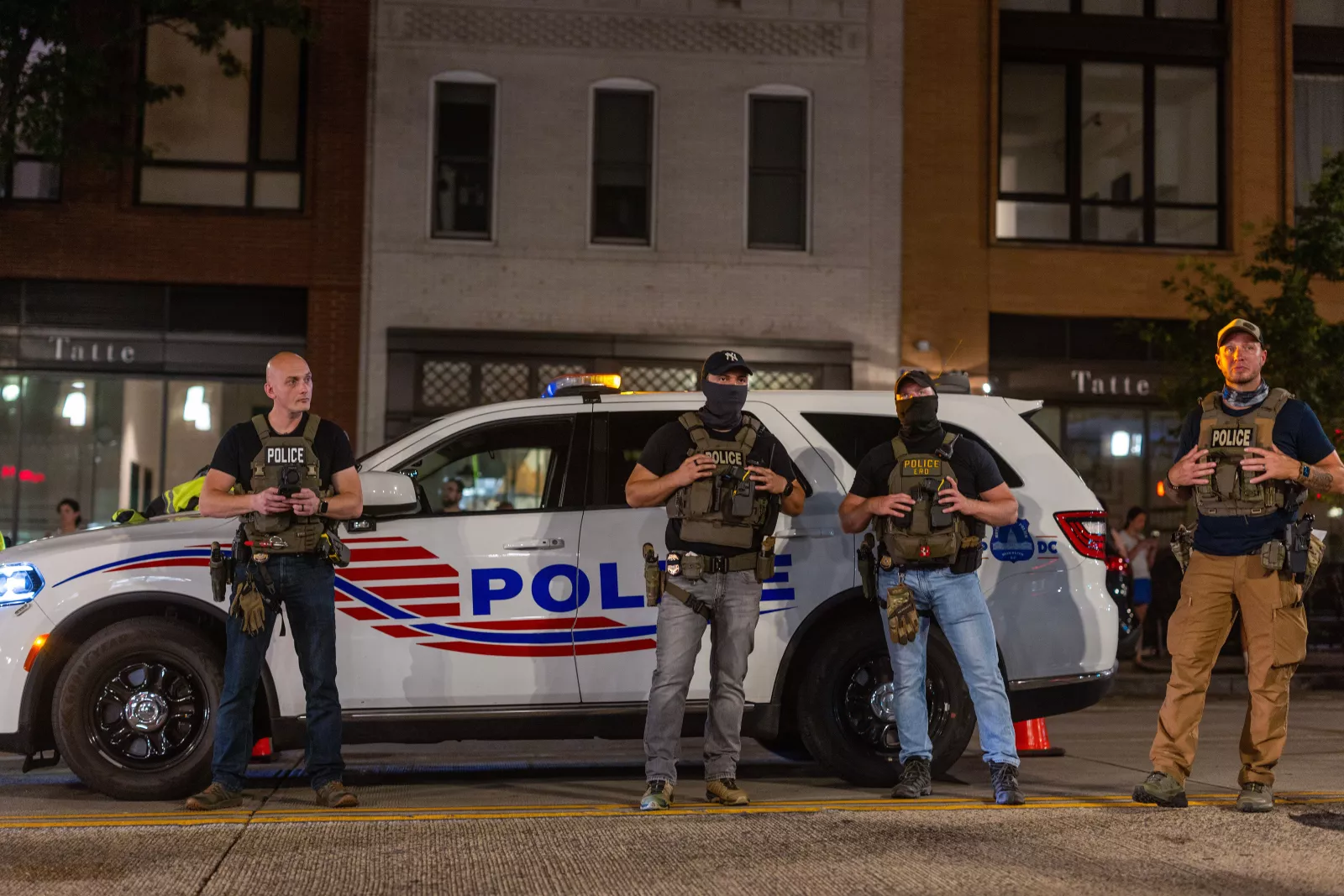
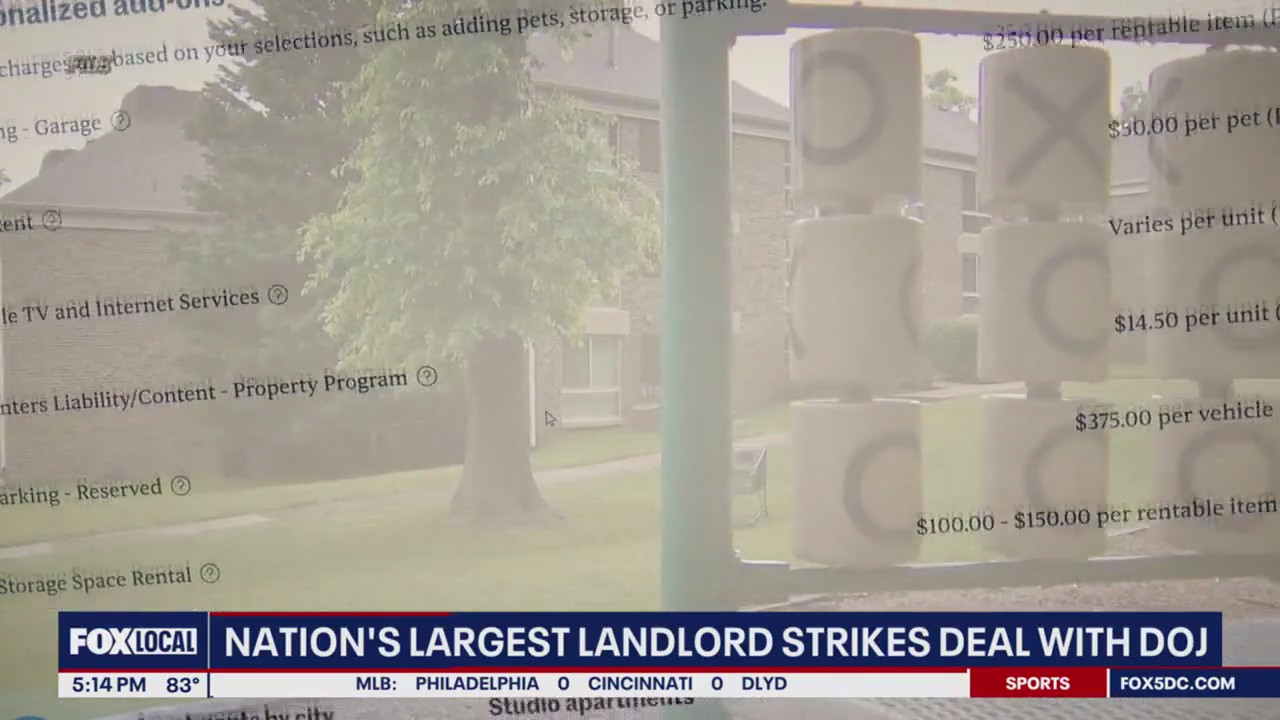
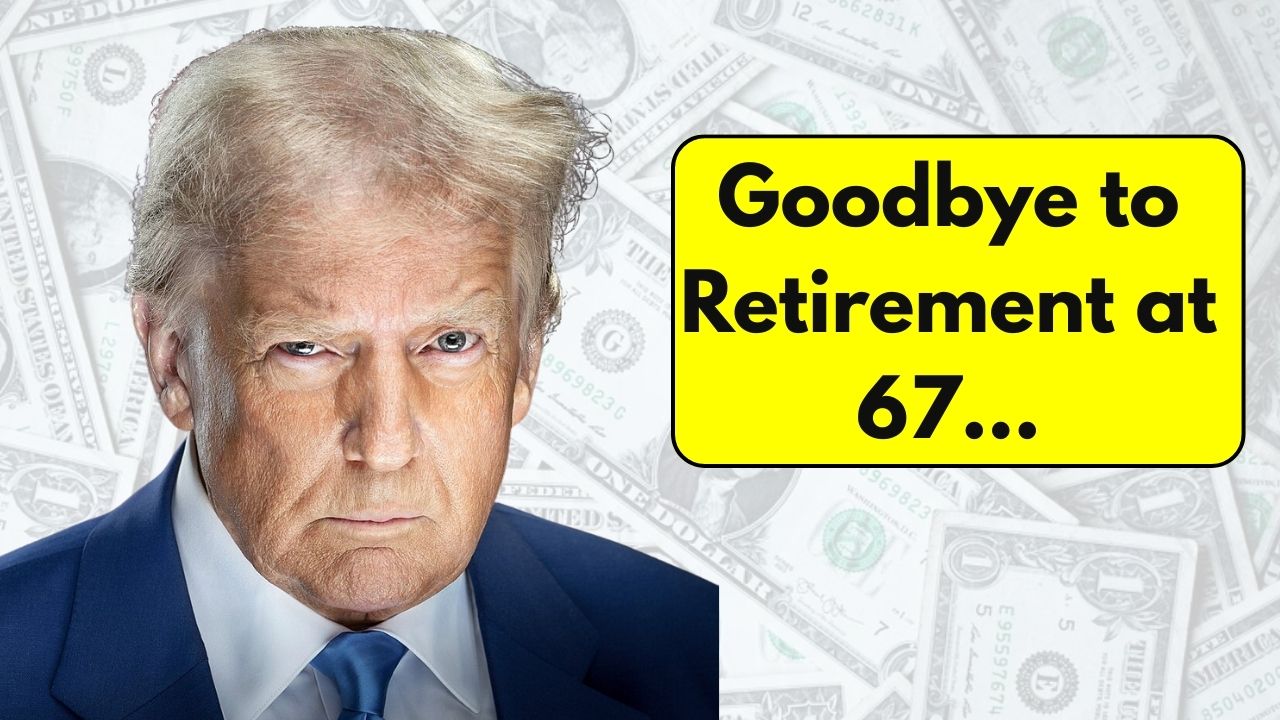
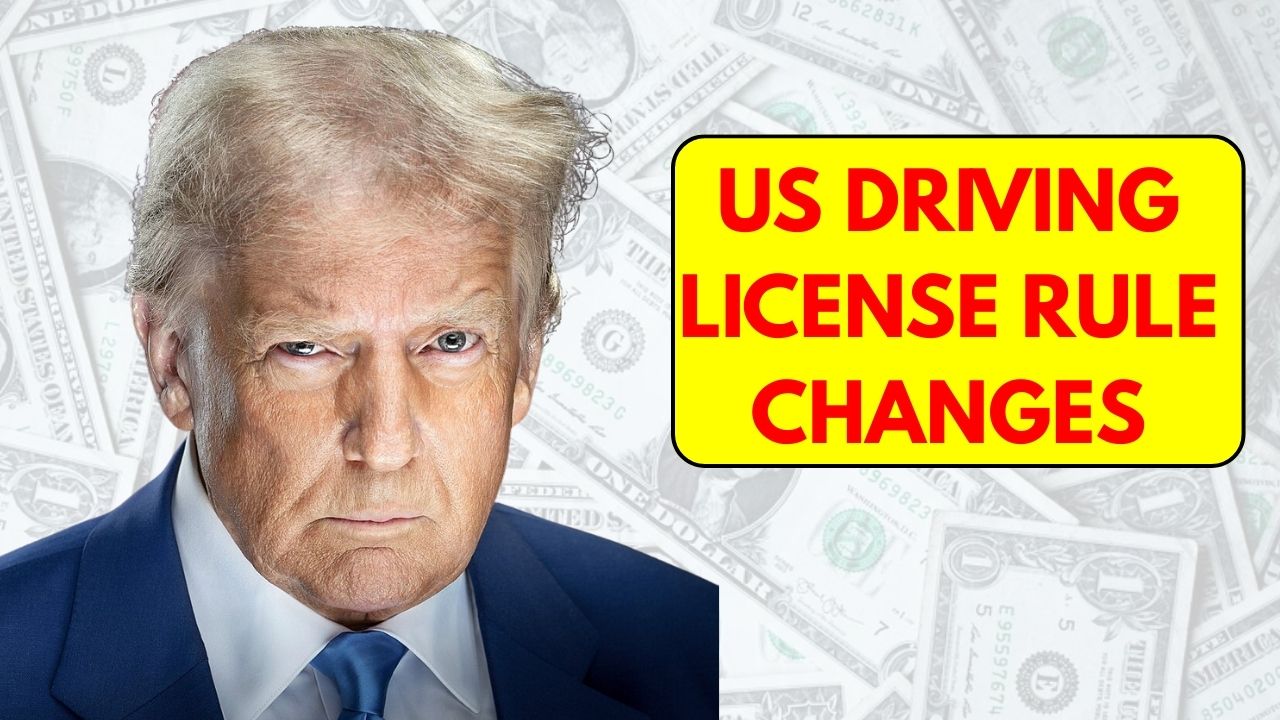
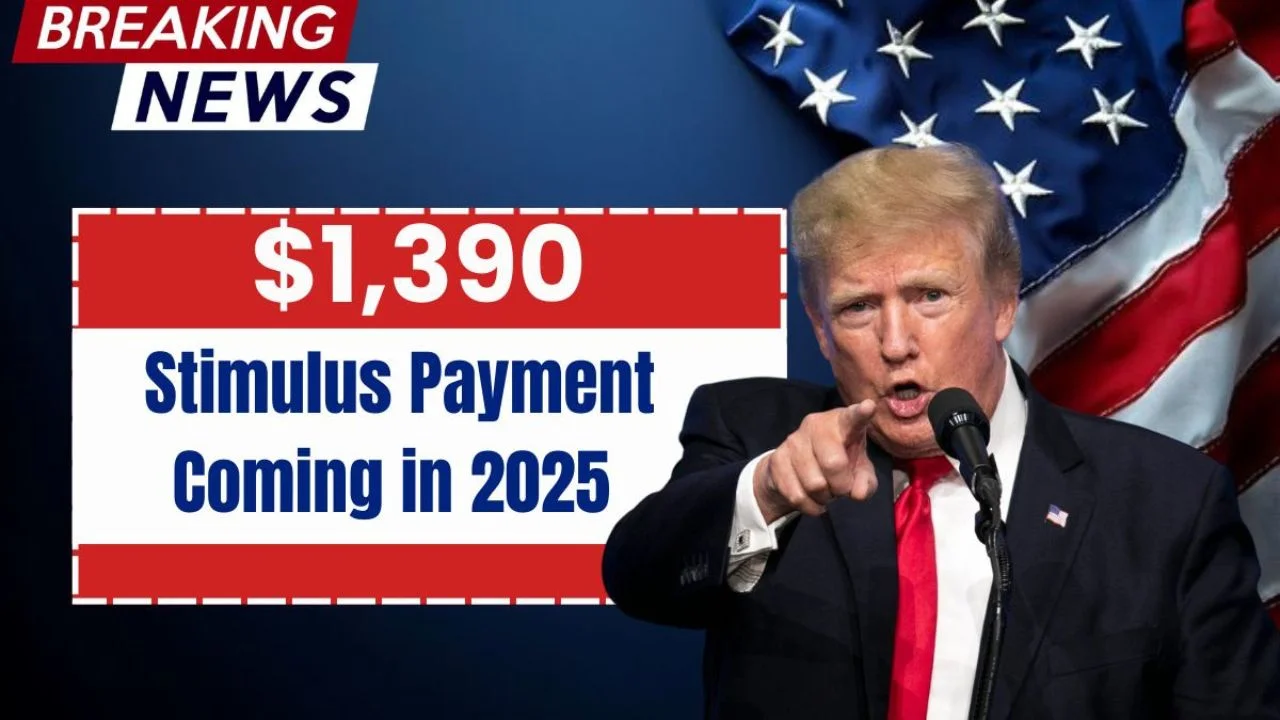
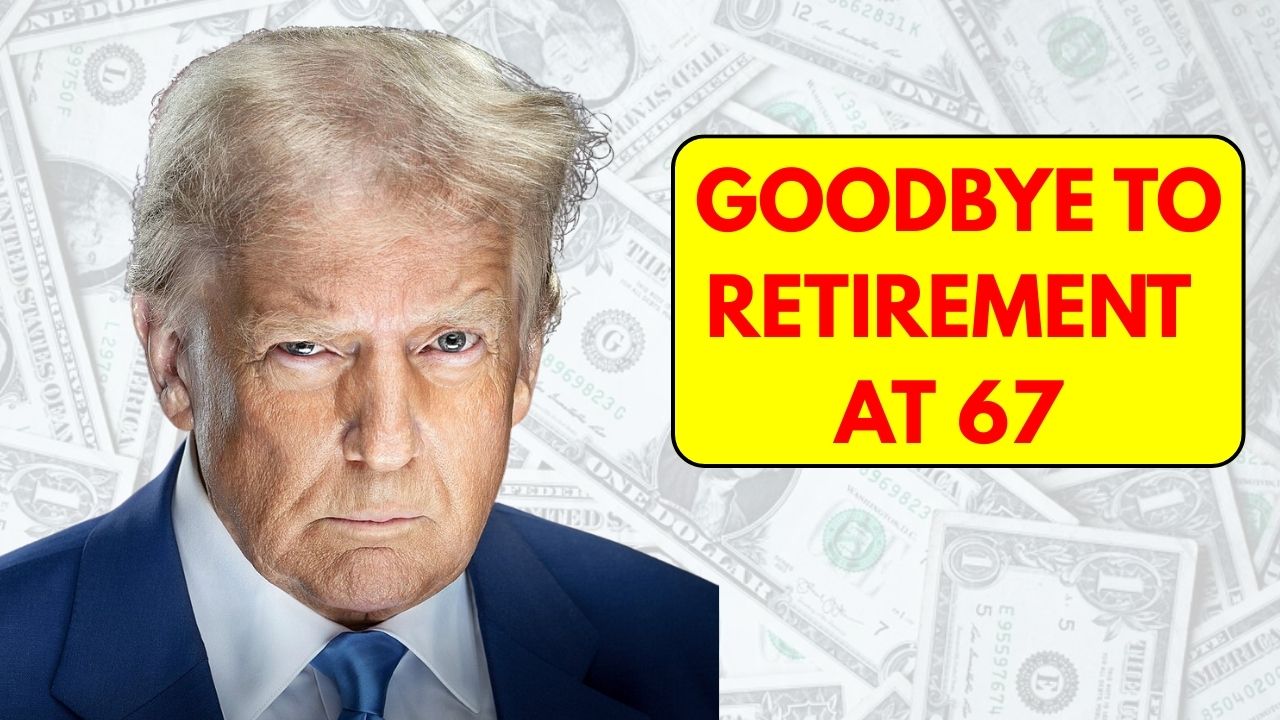

Leave a Reply